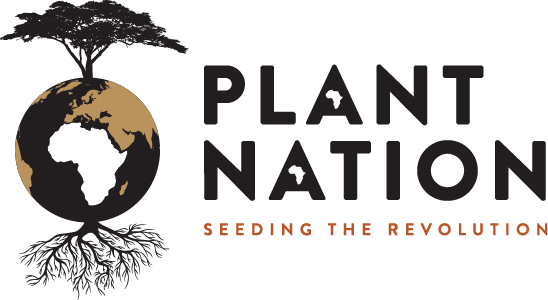05 May Synthetic Vs Organic Fertilizers
In the medical field rule number one when treating patients is: First do no harm.When it comes to the garden, your vegetables and soil you should be following the same law. Barring a few epiphytic plants (plants that survive using the moisture in the air using their aerial roots) and seaweeds and algae’s just about every plant survives in some kind of soil medium. Soil is a mix of loose, inorganic material that covers the surface of the earth. While some species can survive in this inorganic medium, for example some succulent species, most plants thrive when organic matter is added to the mix.
Organic matter is any material that was formally alive. So plant material such as dead leaves and grass clippings or seaweed and animal products such as blood or bone meal and egg shells as well as animal faeces and urine. These products contain the necessary elements for plants to grow. Mostly nitrogen, phosphate and potassium as well as other trace elements necessary for optimal growth.
For centuries little was understood about how these various components were used by the plants but it was accepted wisdom to add organic matter to the fields to enhance plant growth. Later, scientists began to understand which specific elements were necessary for optimal plant growth. They began to synthesise these chemicals in laboratories and due to their ease of availability and immediate success farmers flocked to them and began to douse their fields.
As time went on farmers began to notice a drop off in production. Their answer was to simply add more fertilizer. This would initially stimulate growth but the pattern would repeat itself. What was the problem.
Well it turns out that the relationship between soil and plants is not as simple as it first appears. It’s turns out that the soil is “alive”. By adding organic matter to soil we are actually feeding a complex meta-organism that comprises of the inorganic substrate as well as the organic material that is added but this organic material plus water begins to attract insects, fungi and bacteria to the soil. All of these help decompose the organic material either through directly eating it and defecating in the way that insects might or in an even more complex arrangement such as the way that fungi interact with the plants.
The fungi create a mycelial network underground. These are the white fibres you might see when moving compost.These fibres intertwine directly with the plant roots in a symbiotic relationship. This means that both organisms benefit from each other. The fungi get sugars from the plants and the plants get nitrates from the fungi in a magical energy exchange.
Unfortunately, synthetic fertilisers generally upset this balance. Most of the white, pink and blue crystals that you buy are salt based. This makes them dissolve easily and makes them more available for the plants to absorb. Unfortunately this is terrible for the soil. The salt portion of the fertilisers is left behind and kills all those insects and mycelium which in turn effects the bacteria and slowly the soil dies. What we are left with is a layer of inorganic material that doesn’t hold water, gets washed away in the rain and blown away in the wind and cannot support life.
The next time you decide to feed your garden, why don’t you have a look at the organic foods available or better yet start a compost heap. Save your leaves and grass clippings and vegetable peelings for your compost pile. You can occasionally pee on your pile too just make sure to water it thoroughly after. Invite the earthworms in. They aerate your soil and digest organic matter and then secrete wonderful plant food in the form of castings and their pee (known as liquid gold in the industry because it’s so good for your plants).
Remember that organic food is good for you and it’s also great for your garden and to have wonderful healthy plants just look after your soil.


